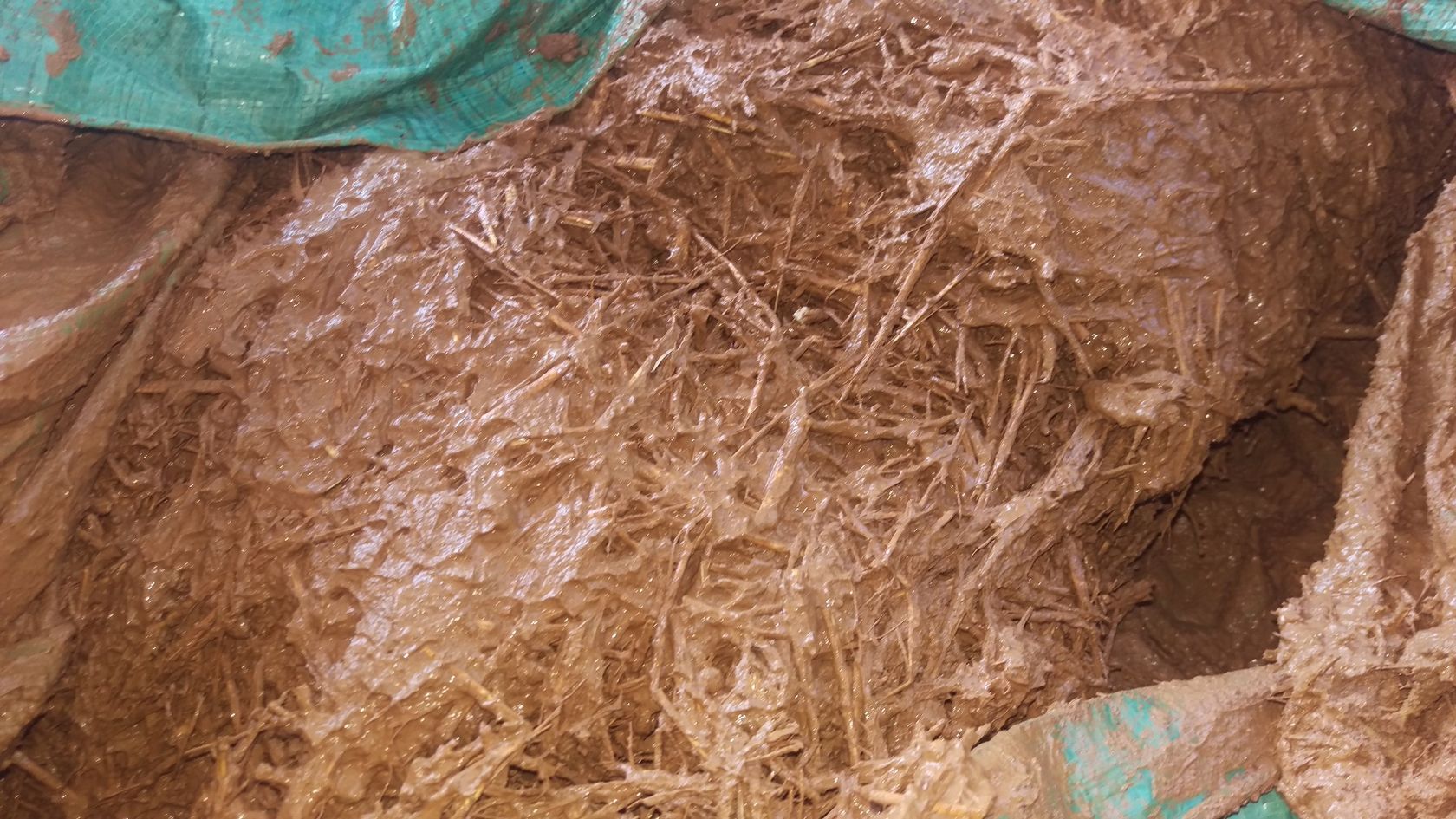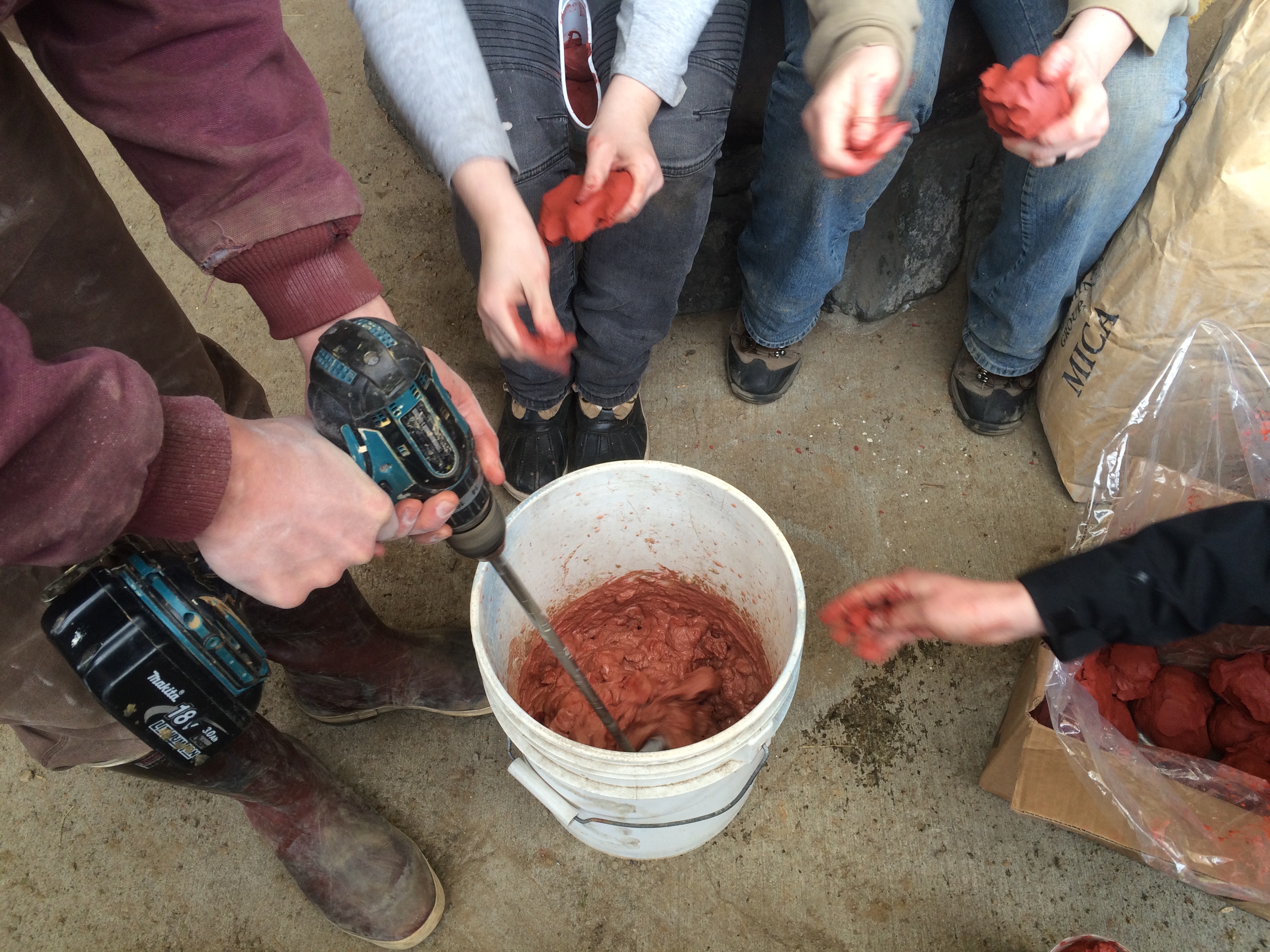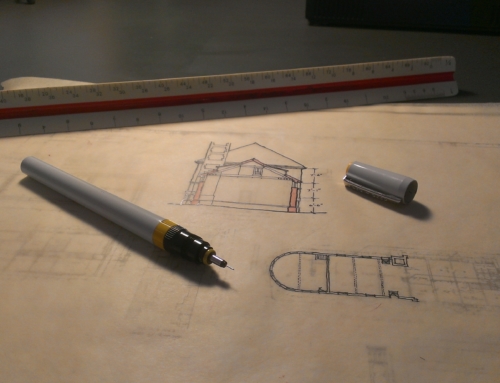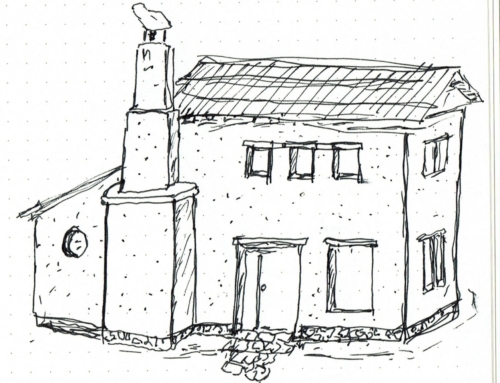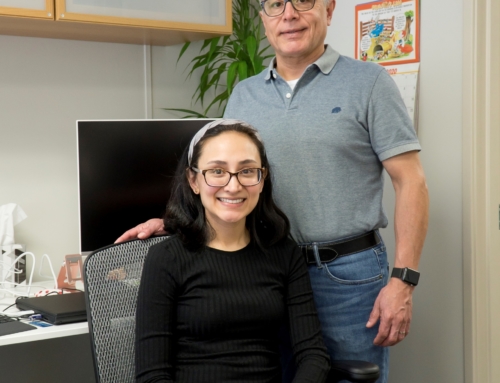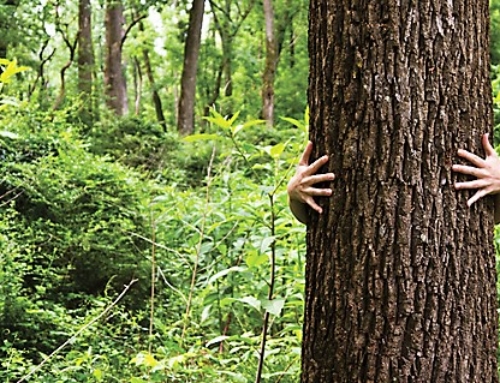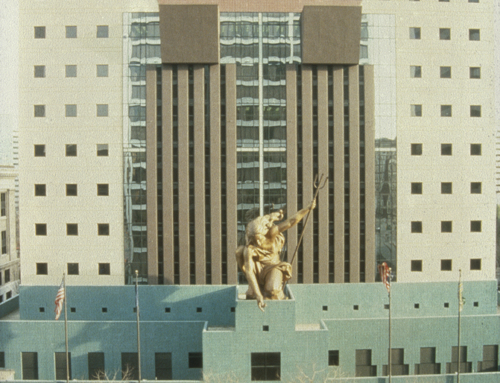Written by: Adam Robins
Cob building – Isn’t that alternative? Well, yeah and no. The combining of sand and clay and straw into building materials is something that has been done for many years through many building cultures around the world. The Oregon Cob used most often in this region derives largely from English and Welsh traditions going back over a thousand years, with some cob structures over 600 years old still in use.
Isn’t that kind of weird? Yeah, and so is sawing down a 1000 year old tree to build something expected to last maybe 50 years.
Are you some sort of hippie? I don’t know. I just like buildings.
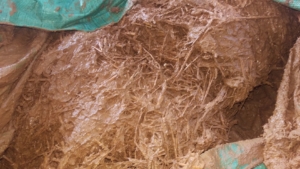
When I first started looking at cob construction while still in architecture school, the primary methods for getting around the code approval process boiled down to a few options: build something so small that a permit isn’t needed, build somewhere where getting cited for no permits isn’t likely (NOT RECOMMENDED), or go through a process of having the structure engineered and approved as alternative construction.
In the intervening years, as green consciousness about the built environment has expanded, there have been some signs of progress in building codes toward “alternative” methods and materials. We now have in the ORSC an appendix for strawbale construction, with both guidelines for load-bearing and non-loadbearing walls. For cob, however, it’s still largely build small, build in secret or in the boonies (NOT RECOMMENDED), or get an engineer.
So how does one get approval to build a structure made of a mixture of clay, sand, and straw? The following meeting minutes offer some clues. They are from an Alternative Technology Review Committee meeting where cob construction is discussed as one alternative. The discussion here touches on a lot of the issues with which BDS is primarily concerned.
In summary, the committee acknowledges that cob is “green” and that it addresses the insulation requirement. There are concerns about it meeting other requirements, and one bizarre concern about a fire hazard. (As an aside, I don’t know quite how a lump of mostly clay and sand is supposed to catch fire.) Within the context of this meeting the ReCode initiative then being undertaken by TryOn Community Farm was brought up as one possible roadmap.
Recode now exists as its own entity, and has been working through the code adoption process to increase the content for sustainable building and development practices. They were in part behind the push to get the strawbale and composting toilets approved in the Oregon codes in 2011.
For now, however, we have the Alternative Technology Advisory Committee, such as this project by Sukita Crimmel of From These Hands for the building of an earthen masonry (cob) and firebrick Rumford style fireplace.
And there have been some moves by ATAC to get more code approval for cob.
Here is a basic video with lots of examples of cob construction.
Placecraft provides alternative construction and is located right here in our neighborhood. If you have an idea for a project and are looking for a builder, we recommend reaching out to them!


